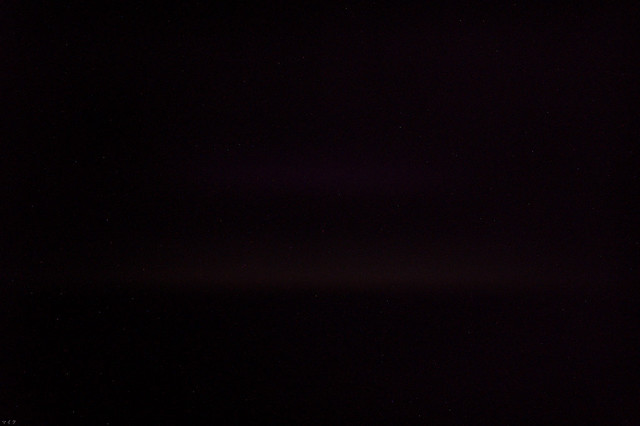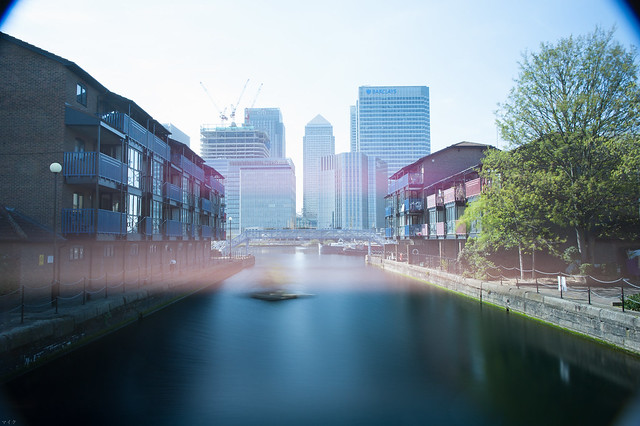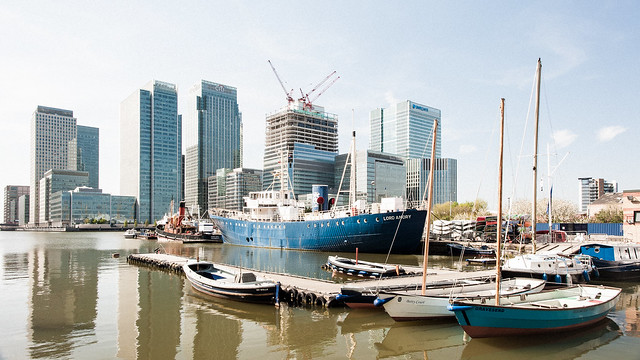
Custom Search
Howdy, Stranger!
It looks like you're new here. If you want to get involved, click one of these buttons!
Categories
- 3.4K All Categories
- 35 Nikon Z lenses
- 81 Nikon Z cameras
- 1.4K Nikon DSLR cameras
- 11 Df
- 237 D6x0/D7x0/D8x0
- 27 D300/D300s/D500
- 29 D3x00
- 45 D3/D4/D5
- 31 D5x00
- 95 D90/D7x00
- 387 Nikon Lenses
- 9 Videos, Nikon et. al.
- 52 Nikon 1
- 18 Nikon Film Cameras
- 56 Nikon Flashes
- 25 Nikon Compact Cameras
- 49 Nikon Software
- 26 Nikon Deals
- 767 General Discussions
- 49 Gear Reviews
- 182 Other Manufacturers
- 105 Fun & Weird
- 128 Photo-a-day
In this Discussion
Who's Online (0)
long exposure strange colours issue...from viewfinder
 mikep
Posts: 280Member
mikep
Posts: 280Member
i first noticed this issue when trying some very long exposures - 30 minutes or so - and i figured that it was due to the sensor getting warm or something. so i just figured to reduce the exposure time. the following picture is a 30 minute exposure with the lens cap on, just so its clear, two reddish bands running across the image :

i went out today and tried some shots with a 10 stop filter, but to my surprise the very first shots i took at a mere 30 seconds, produced the same issue. this is today at 30 seconds :

oh no! i thought, and dropped to 10 seconds, and for the rest of the day, it was hit and miss. sometimes my 10 second exposures had no strange colors, and sometimes they did have them, it seemed to be quite random. sometimes it is there, and sometimes it is not so i am guessing that perhaps it is not related to heat?
10 seconds today :

just 5 minutes after taking the above picture, i took another few 10 second exposures with no problems at all. for comparison, this is a normal shot so you can see that the boat is not red at all in real life :

its annoying to buy the equipment for long exposures, then find out you cant take them half the time ;D
anyone seen this, got any ideas?

i went out today and tried some shots with a 10 stop filter, but to my surprise the very first shots i took at a mere 30 seconds, produced the same issue. this is today at 30 seconds :

oh no! i thought, and dropped to 10 seconds, and for the rest of the day, it was hit and miss. sometimes my 10 second exposures had no strange colors, and sometimes they did have them, it seemed to be quite random. sometimes it is there, and sometimes it is not so i am guessing that perhaps it is not related to heat?
10 seconds today :

just 5 minutes after taking the above picture, i took another few 10 second exposures with no problems at all. for comparison, this is a normal shot so you can see that the boat is not red at all in real life :

its annoying to buy the equipment for long exposures, then find out you cant take them half the time ;D
anyone seen this, got any ideas?
Post edited by Msmoto on
Disclaimer: This site has no affiliation with Nikon Corporation or any of its subsidiary.
Disclosure: [NR] is sponsored by displaying advertising banners and links.
All trademarks and brands belong to their respective owners.
Want to advertise on NikonRumors.com? Contact [NR].
Copyright © 2008-2017 NikonRumors.com.
See our Privacy Policy.
Disclosure: [NR] is sponsored by displaying advertising banners and links.
All trademarks and brands belong to their respective owners.
Want to advertise on NikonRumors.com? Contact [NR].
Copyright © 2008-2017 NikonRumors.com.
See our Privacy Policy.

Comments
todays were with a 24mm, at 10 - 30 seconds
so different lenses have seen the exact same pattern of colour
but its odd how two pictures, 5 minutes apart, same setup, one has it, and one doesnt. maybe one i was stood in the sun and one i was stood in the shade, might have made a difference ....
testing with body cap on now
ill do one with the camera lying on its back, and one with the viewfinder pointing at the light
it was just me being dumb
its light leak from the viewfinder. just didnt occur to me as it was making such odd colours, and such uniform patterns.
one time that lovely purple colour made one of my pictures of a sunset look nicer actually
anyways, here is two 30 minute exposures with the body cap on. the top with the viewfinder under the light, and the bottom with the viewfinder blocked
I knew that looked like a light leak. that's why they have that shutter than can close off the viewfinder. At least on the models that have that it's a very valuable tool!
It is indeed a good example of light entering through the viewfinder.
For camera's with a viewfinder shutter it's best to use that.
For camera's without one you can just use a piece of thick black cloth to cover the viewfinder. That works just as well. Or, when you only need a second or two exposure time, you can just keep your eye in front of the viewfinder. That should provide adequate shielding. (You can also use this trick with longer exposure times but that might get boring really quickly.)
Question: the whole concept of taking a shot that is 30 minutes long still puzzles me. For what reason would you have the shutter open for such a long exposer?
I also hope you have a few spare batteries with you. A 30 minute exposure then followed by a 10 or 15 minute will surly cut in to your shooting adventure. :P
Long exposures turns moving water into a soft texture.
It's most often used for waterfalls and rivers but works wonders on costal regions and harbors as well.
Yes, it eats up batteries and yes, it's best to turn long exposure noice reduction on but if you know what you're doing the results can be very nice.
it was interesting to see the path that the clouds took over a 30 minute period, although the noise was too much for it to be useable. it was a nice picture actually, enhanced by the lovely purple from the light leak
On page 205 Nikon recommends using the shutter whenever your eye is not behind the viewfinder.
Just new to SLR - I've a Nikon D7100 and just wanted to say thanks for this info. It's been driving me nuts. I've been having the same problem with exposures over 20sec on beach scenes. Can't wait to try again. Thanks - cheers Natascha.
I thought we covered/closed the viewfinder because the light entering from behind might fool the exposure meter. Not because light might enter & fall on the sensor ruining the image....